It is called ET, Einstein Telescope, and represents the new scientific and technological challenge thrown down by Europe for research into gravitational waves. The project envisages the construction of a gigantic underground third-generation interferometer, which is already on the roadmaps of international institutions for scientific and economic development. ET is designed to be sensitive especially at low frequencies and it will enable regular, highly detailed observation of the gravitational waves generated by the coalescence of compact bodies, such as black holes and neutron stars, at cosmological distances, to bring to reality what is called high-precision gravitational wave astronomy. The observatory will be triangle shaped with three arms, each 10 km long, making a total perimeter of around 30 km, and will be positioned at a depth of between 100 and 300 metres, in order to insulate it against seismic waves. At present, the process has begun of submitting applications for sites interested in hosting the future laboratory, which will be one of the leading-edge infrastructures in scientific research worldwide. Italy is one of the candidate Nations, with the Sos Enattos site in Sardinia. We discussed the scientific and technological aspects of the ET project, and Italy’s bid to host it in Sardinia, with Michele Punturo, the INFN coordinator of the ET project.
What is it that makes ET a third-generation interferometer? How will it improve research into gravitational waves?
The leap in technology and design brought about by ET will enable an improvement in sensitivity to a factor of 10, with special attention paid to low frequencies close to the Hertz. That corresponds to an observable volume 1000 times greater than second-generation detectors,
...
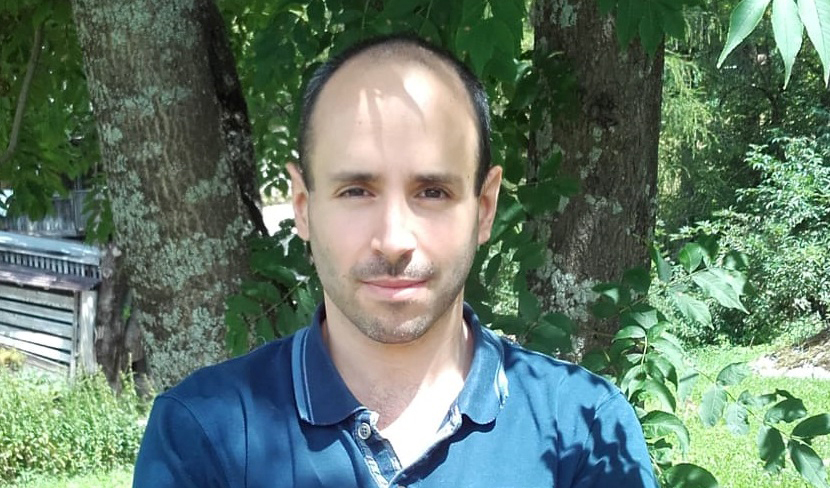
The European Research Council (ERC) has assigned to Gabriele Rosi, researcher of the Florence division of the INFN an ERC Starting Grant 2018 of € 1,550 million for the project MEGANTE (MEASuring the Gravitational constant with Atom interferometry for Novel fundamental physics TEsts). ...
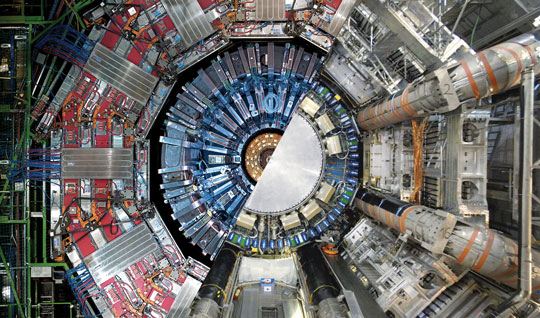
It is a process, predicted by the Standard Model of particle physics and long sought: indeed it took six years to identify the decay of the Higgs boson in a pair of fundamental particles, called b-quarks (from beauty). The observation, presented on August 28th at CERN, by the scientific ...
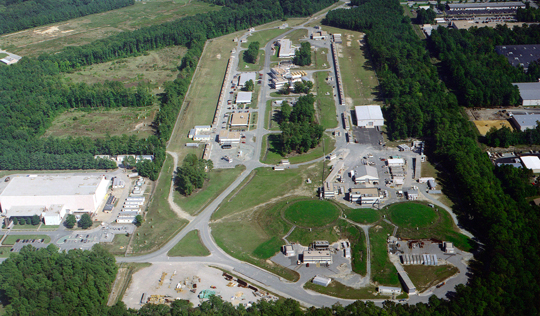
Protons are responsible for the most energetic component of the heart of neutron stars. The study, published on August 13 in the scientific journal Nature, was obtained in laboratory thanks to the observations of the CLAS experiment at the CEBAF accelerator of the Jefferson Lab, in the United States, ...
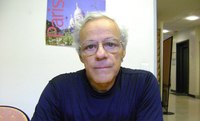
Giovanni Gallavotti was awarded the prestigious Poincaré Prize, the highest international recognition for mathematical physics, awarded every three years. Gallavotti was awarded for his research and ‘outstanding contributions’ on statistical mechanics, quantum field theory, classical mechanics and ...

At the end of July the Governing Council of the INFN approved the final ranking of candidates, including research, technological, technical and administrative staff, to fill 170 permanent positions as envisaged by the 2018 Budget Law. With the completion of this formal procedure, the INFN will be able ...
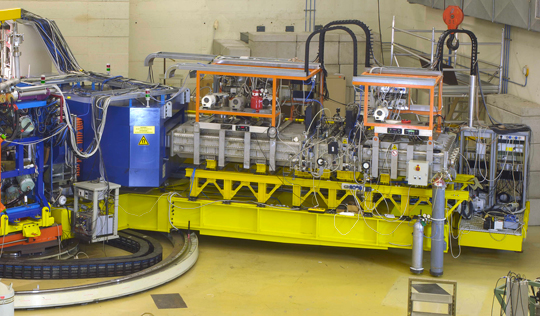 FROM SUPERNOVAE TO RADIOPHARMACEUTICALS:
THE ENHANCED ACCELERATORS OF THE LEGNARO LABORATORIES
FROM SUPERNOVAE TO RADIOPHARMACEUTICALS:
THE ENHANCED ACCELERATORS OF THE LEGNARO LABORATORIES
Understanding the processes that lead to the formation of heavy nuclei in the forging of stars is one of the scientific goals of the INFN's Legnaro National Laboratory (LNL), where the PIAVE (Positive Ion Accelerator for low VElocity ions) and ALPI (Acceleratore Lineare Per Ioni - Linear Ion Accelerator) are installed. In detail, a lead-206 (206Pb) beam has been developed and accelerated at an energy of 1.2 GeV (Giga electron-volts), and then made to interact with a tin-118 (118Sn) target. The lead beam was then used to investigate the reaction between heavy lead ions on tin, and the nuclei generated by this reaction were analysed using PRISMA: a magnetic spectrometer specifically designed and built at the LNL facility to measure in minute detail certain characteristics of the process that results in the production of heavy nuclei, such as the distribution of their mass, their nuclear charge and excitation energy. The nuclei produced were identified using specific detectors, mostly gas detectors, which provide the information that is needed to reconstruct the trajectory of the ions through the magnetic fields of the spectrometer. ... ...
cover image:
Cryostat of the PIAVE accelerator at the Legnaro National Laboratories © LNL - INFN
INFN - COMMUNICATIONS OFFICE
comunicazione@presid.infn.it
+39 06 6868162